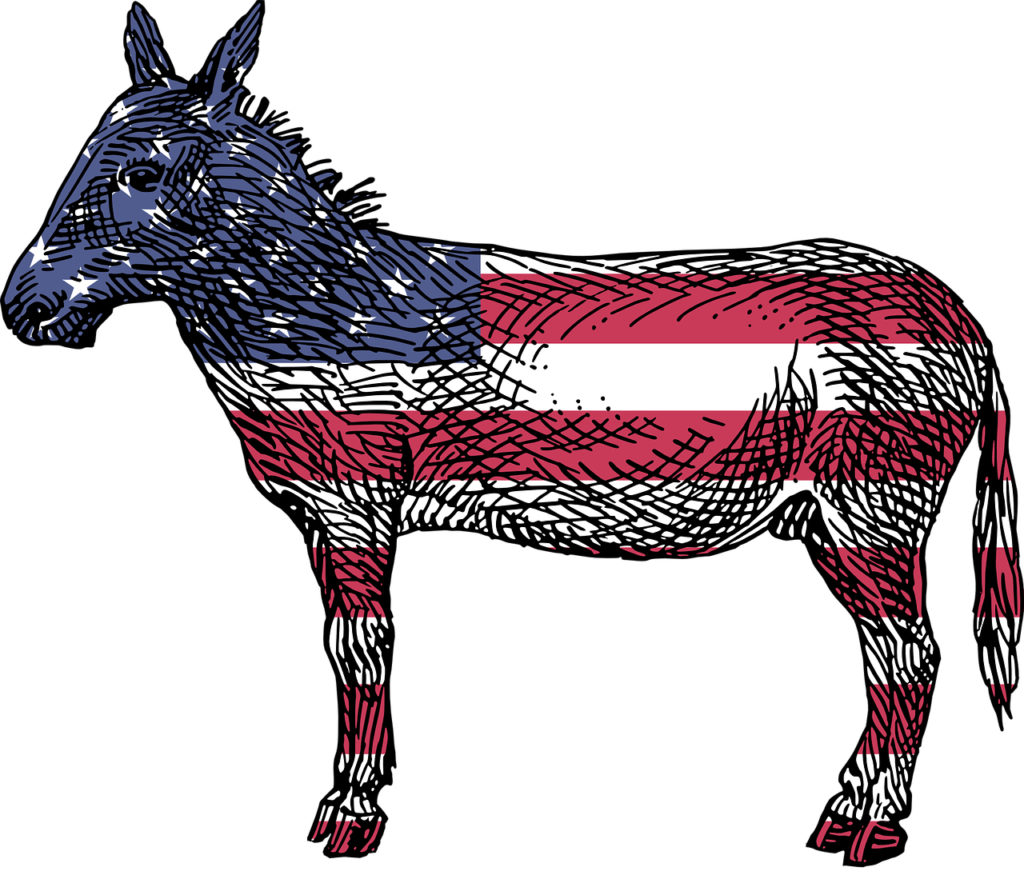By Chris McManigal
First of a 4-part series spotlighting the Democratic, Republican, Libertarian and Green Party.
The Democratic party, founded in 1828, is one of the main two political parties in the US. The party has undergone many changes throughout its history, but is presently regarded as the more liberal, or left-wing, of these parties.
One of the hallmarks of the Democratic party is their favorable stance on government intervention. Democrats believe that government has an important role to play in our lives in order to bring about a fairer society. They also believe that government exists to protect citizens from economic inequality and hence tend to support labor unions, equal opportunity laws, business and environmental regulation and equal access to health care.
Because they are pro-regulation, democrats are often criticized for tying the hands of business to operate in a truly free market economy. Dems also tend to support social programs such as welfare and food stamps which critics feel are detrimental to taxpayers because they enable people to not work for a living.
 There have been 15 Democratic Presidents in US history, starting with Andrew Jackson in 1829. The most famous among these are Franklin D. Roosevelt, John F. Kennedy, Bill Clinton and Barack Obama.
There have been 15 Democratic Presidents in US history, starting with Andrew Jackson in 1829. The most famous among these are Franklin D. Roosevelt, John F. Kennedy, Bill Clinton and Barack Obama.
Democratic presidents have been responsible for many things we consider a given in our society today including: Social Security, anti-child labor laws, the Federal Deposit Insurance Corporation, unemployment insurance, women’s voting rights, overtime pay, Medicare, student loans and the Voting Rights Act. Democrats also founded NATO and ushered in the Civil Rights Act.
Democrats as seen by supporters: pro-diversity, pro-gay rights, inclusive, pro-social welfare and equality.
Democrats as seen by opponents: spendthrifts, enablers, anti-tax payer, anti-traditional family, anti-free market.
Key ideology: Liberalism/progressivism
Size: Approximately 43 million members
Color: Blue
Mascot: The donkey

